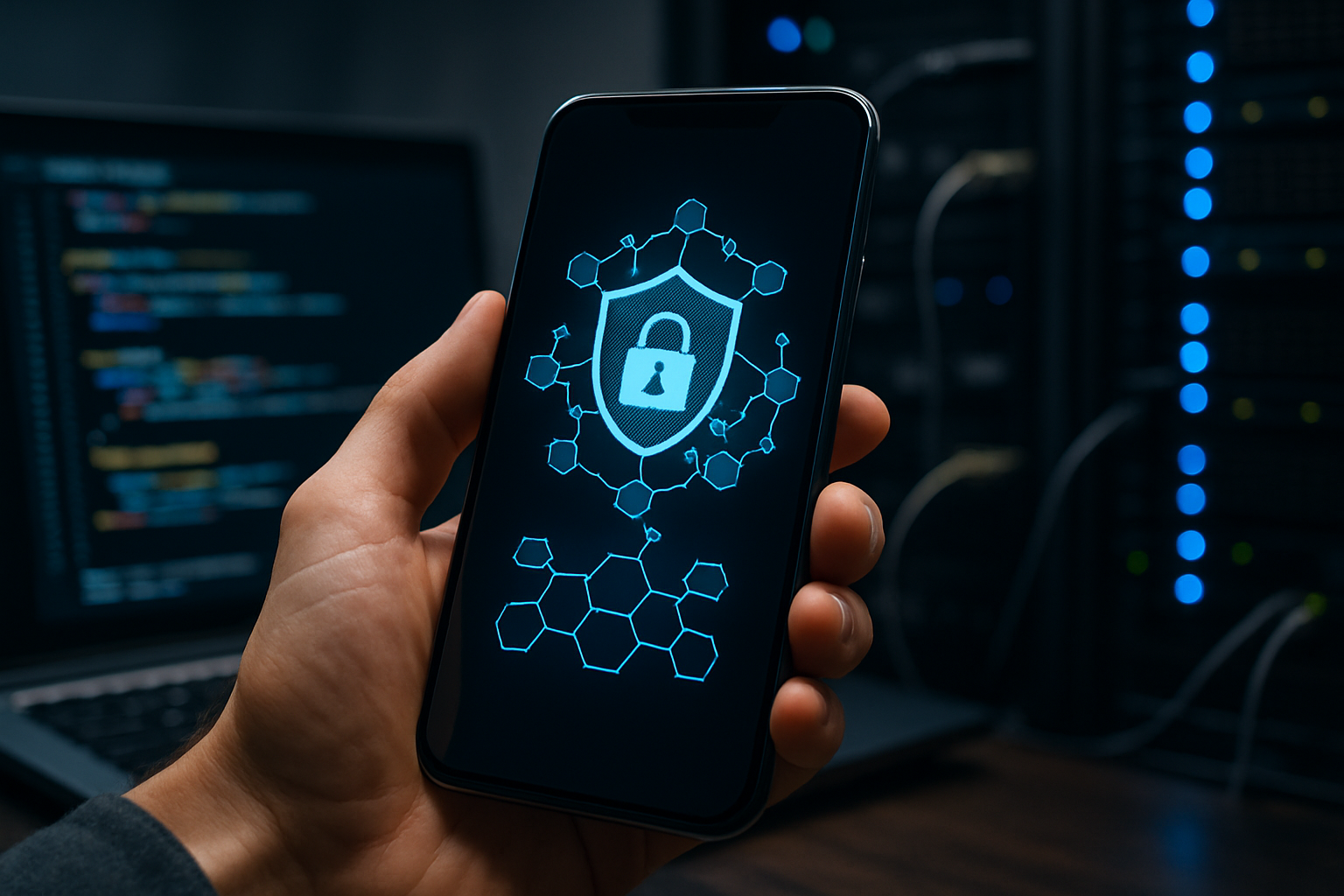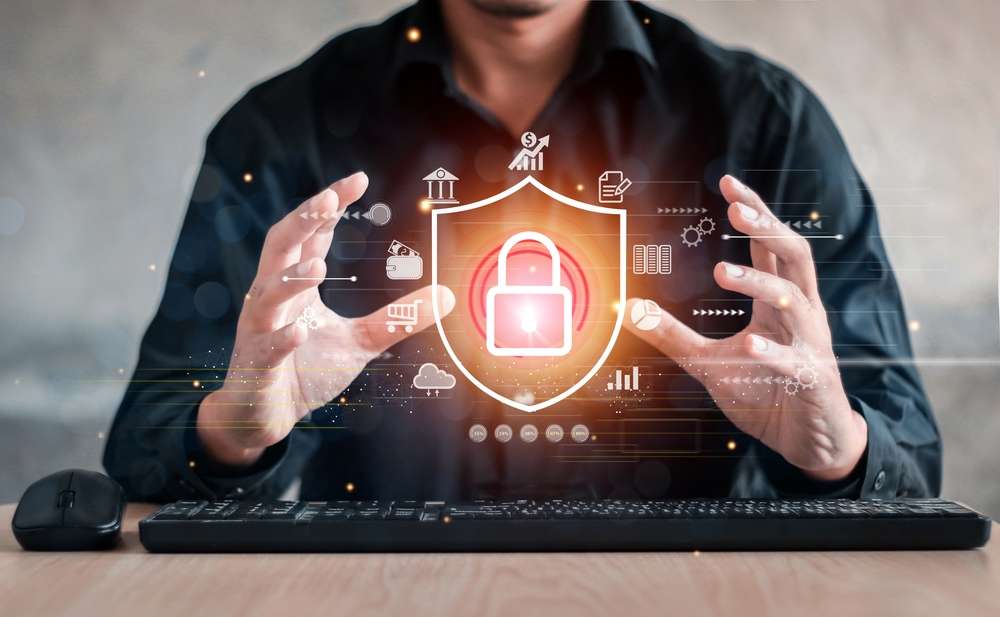Essential Cybersecurity Practices: Protecting Your Digital Life
In today's interconnected world, cybersecurity has become as essential as locking your front door. With digital threats evolving constantly, understanding how to safeguard your personal information, devices, and family from cyber attacks is crucial. Fortunately, effective cybersecurity doesn't require advanced technical knowledge—implementing fundamental security practices can significantly reduce your risk exposure and help maintain your digital privacy.

Simple Steps to Enhance Your Online Security
Creating a strong foundation for your online security begins with basic but powerful practices. Start by using unique, complex passwords for each of your accounts. Consider implementing a password manager like LastPass, Bitwarden, or 1Password to generate and store these credentials securely. Enable two-factor authentication (2FA) whenever available, adding an extra verification step beyond your password. Regular data backups to external drives or secure cloud services provide protection against ransomware and data loss. Additionally, be cautious about the information you share online—cybercriminals can use seemingly innocent details from social media to craft convincing targeted attacks or answer security questions.
Key Practices to Defend Your Family from Cyber Threats
Protecting your family requires a coordinated approach to cybersecurity. Establish clear guidelines for internet use, especially for children, covering appropriate content, screen time limits, and the importance of privacy. Consider implementing parental controls on devices and routers to restrict access to potentially harmful websites. Have regular conversations about common online dangers such as phishing attempts, suspicious messages, and the risks of connecting with strangers. Create separate user accounts for each family member on shared devices to maintain personal security settings. Teach everyone to verify requests for personal information, even if they appear to come from trusted sources. Remember that legitimate organizations rarely request sensitive information through email or messages.
Implementing Effective Cybersecurity for Personal Devices
Securing your devices forms the frontline defense against cyber threats. Install reputable antivirus and anti-malware software on computers, tablets, and smartphones, ensuring they run regular scans. Secure your home network by changing default router passwords, enabling WPA3 encryption, and creating a guest network for visitors. Consider using a Virtual Private Network (VPN) when connecting to public Wi-Fi to encrypt your traffic. Regularly review and manage app permissions on mobile devices, removing unused applications and limiting access to your personal data. For increased protection, enable device encryption and remote wipe capabilities, which can safeguard your information if devices are lost or stolen.
The Importance of Updates and Strong Passwords
System and software updates serve as crucial protection against known security vulnerabilities. Enable automatic updates whenever possible for your operating systems, applications, and firmware on all connected devices—including often-overlooked items like smart home devices. Create strong passwords by combining uppercase and lowercase letters, numbers, and special characters, aiming for at least 12 characters. Avoid using personal information, dictionary words, or common substitutions (like “p@ssw0rd”). Consider using passphrase systems—strings of random words that create lengthy but memorable passwords. Password rotation is also important; change credentials regularly, especially for sensitive accounts like banking and primary email, and immediately following any data breach notifications.
Tips for Identifying and Avoiding Online Threats
Developing a security mindset helps you recognize potential dangers before they cause harm. Learn to spot phishing attempts by checking for suspicious email addresses, grammatical errors, urgent requests, and unexpected attachments. Verify website security by ensuring URLs begin with “https://” and display a padlock icon. Be wary of unsolicited calls claiming to be from technical support, especially those requesting remote access to your devices or payment information. Exercise caution with public Wi-Fi networks, avoiding financial transactions or accessing sensitive accounts when connected. When downloading software, use official app stores and verify developer information before installation. Finally, stay informed about current scams and tactics through reputable cybersecurity news sources.
Cost-Effective Security Solutions for Home Users
Implementing strong cybersecurity doesn’t necessarily require expensive solutions. Many effective tools offer free or affordable options for personal use. Premium solutions typically provide additional features and support for those needing enhanced protection.
| Security Solution | Basic/Free Option | Premium Option Cost Range |
|---|---|---|
| Password Managers | Bitwarden (Free) | $10-60/year for family plans |
| Antivirus Software | Windows Defender, Avast Free | $30-100/year for premium protection |
| VPN Services | ProtonVPN (Limited Free) | $40-120/year for full protection |
| Secure Backup Solutions | Google Drive (15GB Free) | $20-100/year for expanded cloud storage |
| Router Security | Built-in firmware | $150-300 for security-focused models |
Prices, rates, or cost estimates mentioned in this article are based on the latest available information but may change over time. Independent research is advised before making financial decisions.
Cybersecurity is an ongoing process rather than a one-time setup. By implementing these fundamental practices—creating strong unique passwords, maintaining software updates, securing your networks, educating family members, and staying vigilant against common threats—you can significantly reduce your vulnerability to cyber attacks. While no security approach is completely foolproof, these accessible strategies create multiple layers of protection that will help safeguard your digital life against most common threats.




